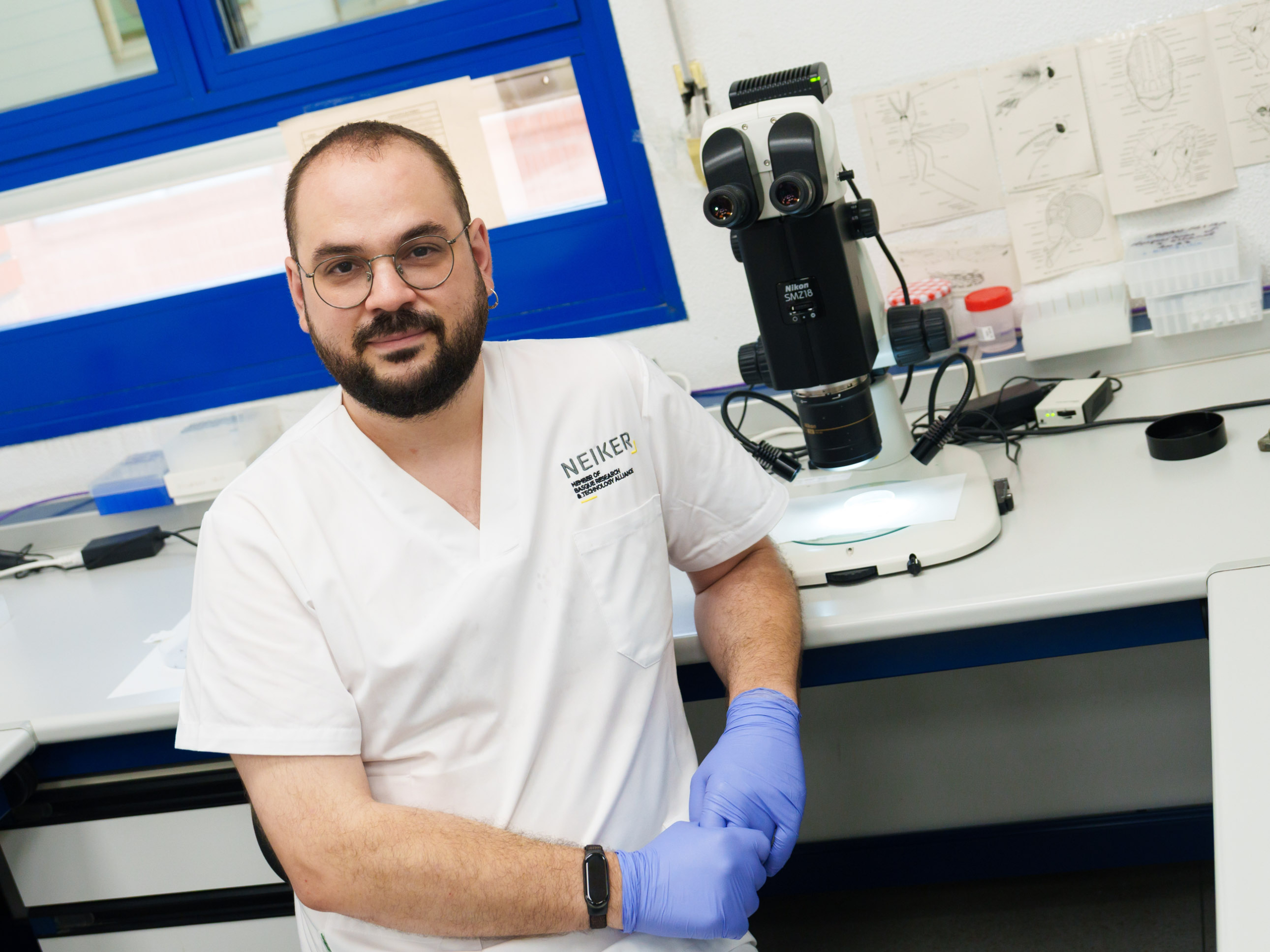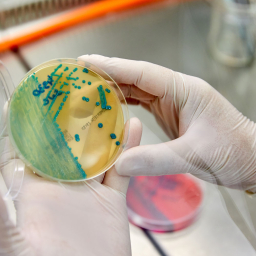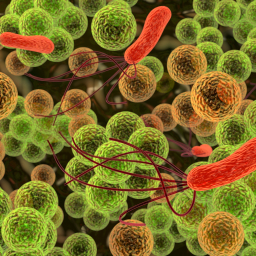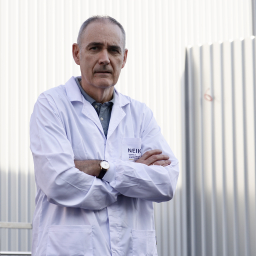NEW
Aitor Cevidanes: ‘Environmental factors influence the spread of mosquitoes and the diseases they transmit’
8 October 2025Vectors are organisms capable of transmitting pathogens between animals and humans, and their presence is conditioned by environmental and social changes. Aitor Cevidanes, a researcher at NEIKER’s Animal Health Department, explains how scientific monitoring in the Basque Country makes it possible to assess the spread of these species and implement appropriate management measures.
What are vectors and what role do they play in public and animal health?
Vectors are organisms, such as mosquitoes or ticks, capable of transmitting pathogens between animals and humans. Their ecology and distribution depend on many environmental factors, so they respond very clearly to the transformations our planet is undergoing. When we talk about global change, we are referring to processes such as climate change, biodiversity loss, international trade and mobility, changes in land use and environmental pollution.
All these factors directly influence the ecology of vectors and, by extension, the epidemiology of the diseases they transmit. Therefore, studying these organisms allows us to understand how our changing environment can directly impact human and animal health.
Among these factors, how do climate change, urbanisation and international trade interact?
When these factors act together, they reinforce each other. For example, international trade facilitates the arrival of exotic species; at the same time, changes in land use and urbanisation create new habitats suitable for these vectors to establish themselves. In addition, climate change creates increasingly favourable environmental conditions for their reproduction and survival. This combination of factors not only accelerates the proliferation of vectors, but also the circulation of the pathogens they transmit, increasing the risk of emerging diseases.
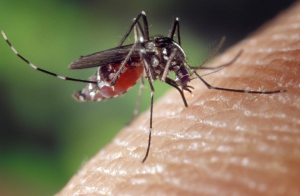 The tiger mosquito is often cited as a clear example of these processes. Why?
The tiger mosquito is often cited as a clear example of these processes. Why?
The tiger mosquito (Aedes albopictus) is a prime example. It entered Europe through international trade and adapts very well to small volumes of water, such as those found in plant pot saucers, buckets or urban gutters. This allows it to make highly effective use of urban spaces for reproduction. Furthermore, urban expansion multiplies these breeding sites, while increasingly mild winters, a consequence of climate change, allow it to survive in regions where cold weather previously limited its presence. Otro factor importante es que la velocidad con la que completa su ciclo de vida depende directamente de la temperatura: cuanto más calor hace, menos días necesita para desarrollarse, aumentando así el número de generaciones anuales.
Overall, their invasive success cannot be explained by a single factor, but rather by a combination of all of them, which has facilitated their expansion throughout much of Europe and their role as a vector for emerging diseases.
In the Basque Country, which species of mosquitoes currently pose a health risk?
The ones we pay most attention to are mainly the tiger mosquito (Aedes albopictus) and those of the Culex genus. The former can transmit diseases such as dengue, chikungunya and Zika. Although we are not yet aware of any local cases, outbreaks occur every year in Europe. Culex mosquitoes, meanwhile, are very common and have the potential to transmit West Nile virus, although this has not yet been detected in our community.
Furthermore, we must not forget other vectors such as ticks, which are part of the same problem of arthropod-borne diseases and also pose a risk to human and animal health.
Have other invasive species been detected in the Basque Country?
Yes. Since 2020, the presence of Aedes japonicus, an invasive mosquito that is spreading across the north of the peninsula, has been confirmed. Although it does not pose the same health risk as the tiger mosquito, it can transmit certain viruses and demonstrates the ability of new vectors to adapt to our environment.
On the other hand, ticks of the genus Hyalomma have been found in southern Álava, whose northward expansion is linked to climate change. These ticks are important vectors in both public health and animal health, as they can transmit the Crimean-Congo haemorrhagic fever virus and the protozoan Theileria annulata, which causes Mediterranean bovine theileriosis.
These examples show how global change is facilitating the arrival and establishment of new species in our environment.
What role does NEIKER play in addressing these challenges?
At NEIKER, we tackle the problem from several angles. On the one hand, we carry out entomological surveillance, monitoring the presence of invasive species and tracking local populations of interest from a health perspective. At the same time, we transfer knowledge and technical resources to local councils and entities so that they can develop prevention and control plans tailored to their capabilities.
Another key area is the prediction and assessment of future risks in the context of climate change, with the aim of anticipating possible scenarios and providing useful information for decision-making in public health, animal health and environmental management. All of this is part of projects such as LIFE URBANKLIMA, which develops tools and indicators to integrate vector-related risks into public health policies, and Interreg POCTEFA PYRTICK, which focuses on monitoring ticks and pathogens in the Pyrenees region.
How do these studies translate into concrete benefits for the community?
They enable us to provide a solid scientific basis for institutions to make informed decisions. In public health, surveillance of mosquitoes and ticks is essential for anticipating and preventing risks, such as the introduction of mosquito-borne viruses or the spread of tick-borne diseases.
In agriculture and livestock farming, we provide information on pathogens that affect both domestic animals and wildlife, helping to improve animal health. Furthermore, in urban space management, our work helps to design safer environments, preventing positive actions such as renaturalisation or the creation of green spaces from encouraging the proliferation of mosquitoes.
In short, we generate knowledge that does not remain in the laboratory but is transferred to practical tools that integrate the surveillance and prevention of vector-borne diseases in different sectors, always under a One Health approach.
Speaking of zoonotic diseases, which are the most relevant in the Basque Country?
Among mosquito-borne diseases, some have a zoonotic cycle, such as West Nile virus, which circulates among birds and can spread to horses and humans. Others, such as dengue, Zika and chikungunya, although originally zoonotic, are now transmitted from human to human via mosquitoes in Europe. The West Nile virus has not been detected in the Basque Country, but it has been detected in nearby areas, so vigilance remains essential.
Looking ahead, what scenario do you foresee for the next 10 or 20 years in the Basque Country?
Climate models indicate an increase in invasive mosquitoes such as the tiger mosquito, with more generations per year and a wider presence due to mild winters and heavy rainfall. Eradication is no longer realistic: the goal will be to control populations and minimize their impact. The abundance of Culex mosquitoes and the risk of West Nile virus could also increase, and we will see ticks moving further north. Global change is accelerating these processes, so vigilance and adaptability will be key.
Finally, what can citizens do to protect themselves and help prevent?
Prevention is key. In the case of the tiger mosquito, the most effective measure is to eliminate containers with standing water in patios, gardens, or terraces. Citizen collaboration is essential, as most breeding sites are on private property. Institutions must promote awareness campaigns, train municipal staff, and have prevention and surveillance plans in place. At NEIKER, we support local councils by producing guides and technical resources based on scientific evidence, always with a One Health approach. Only through this broad collaboration can we anticipate risks and respond effectively to the challenges of global change.



